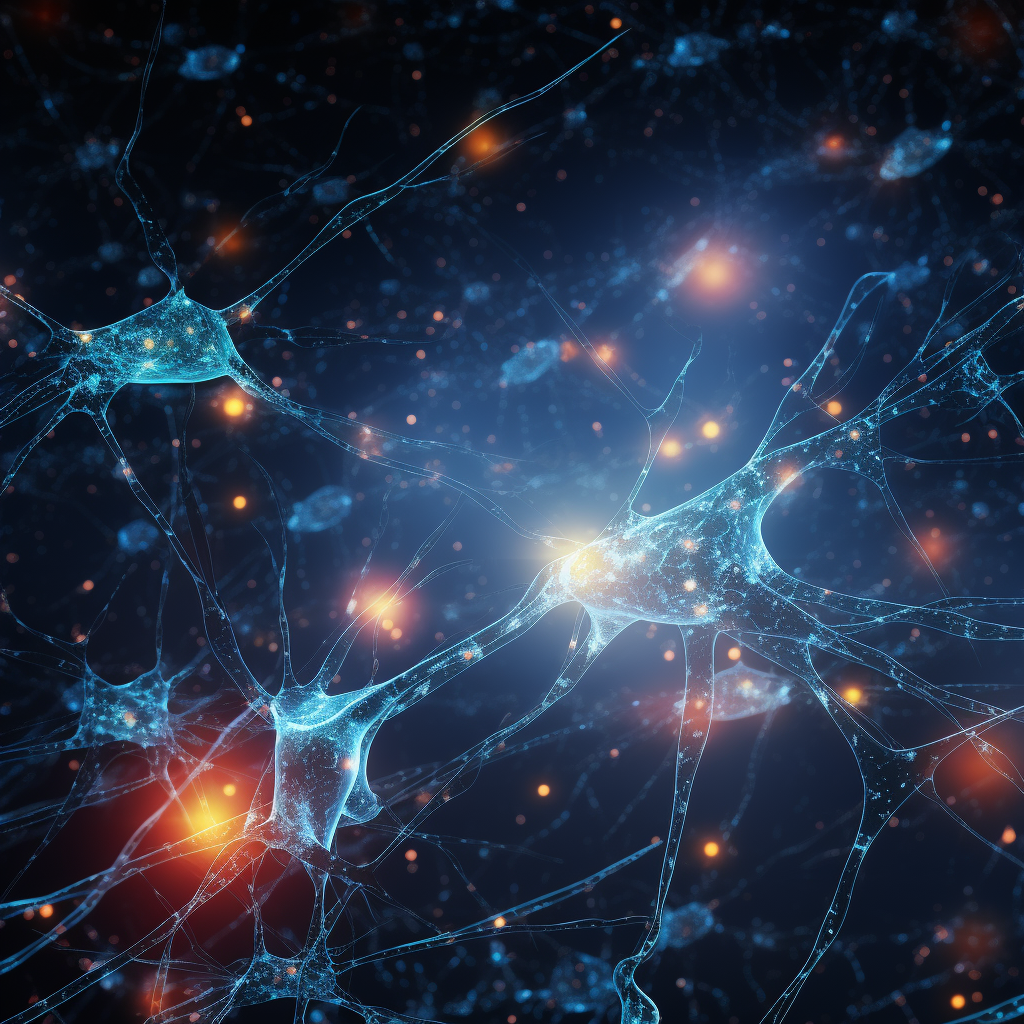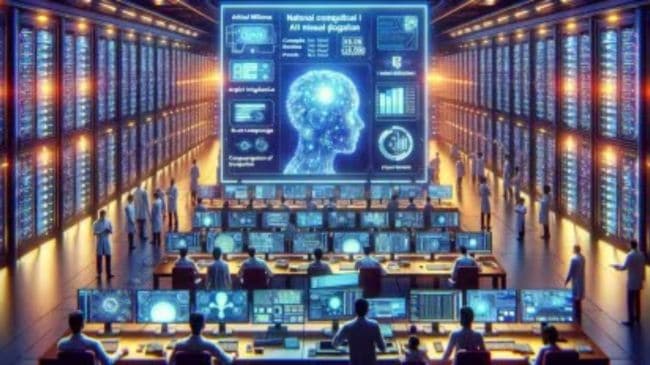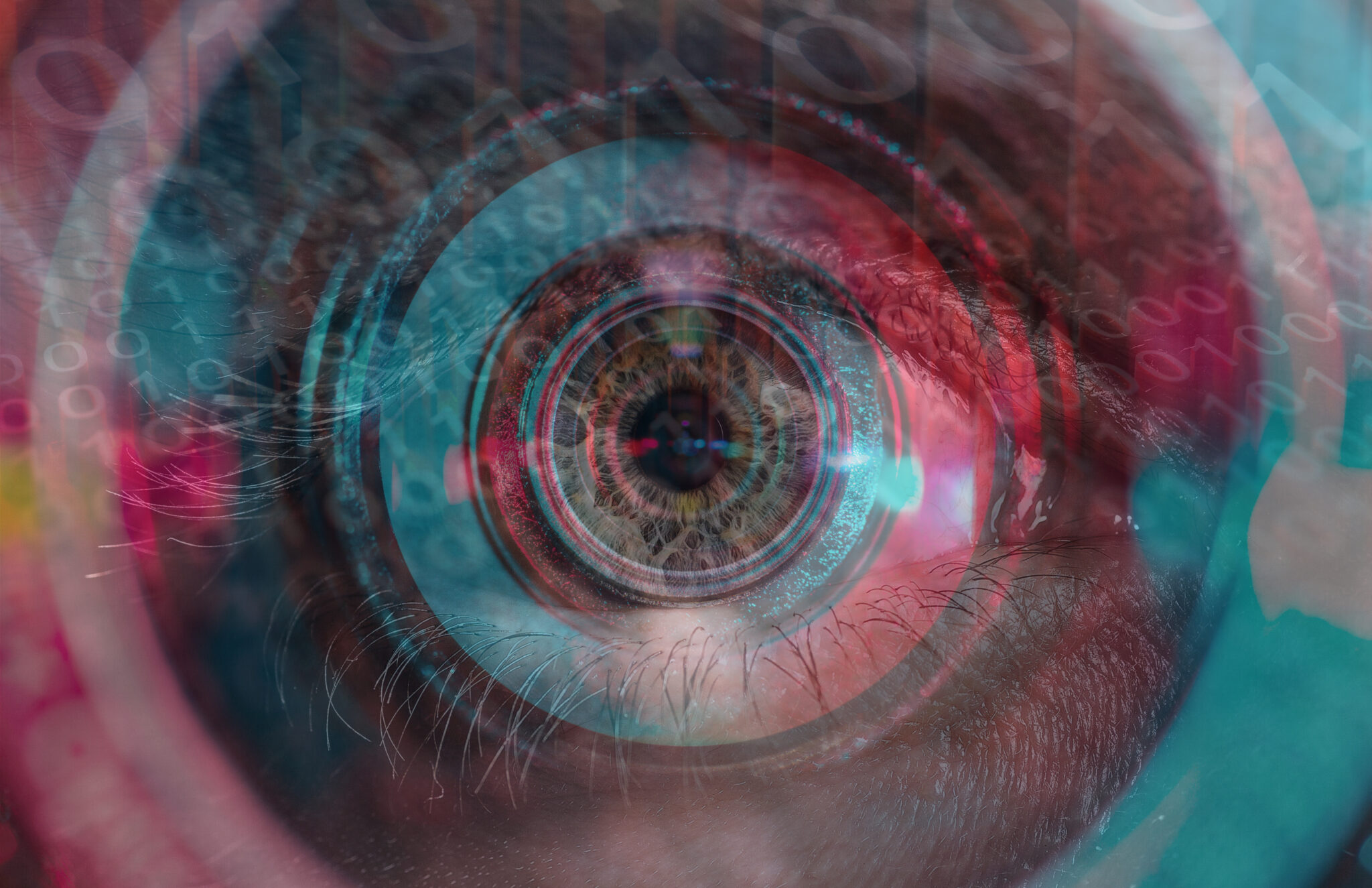In the ever-evolving landscape of artificial intelligence (AI), the quest to create thinking machines has been a driving force throughout history. Researchers have tirelessly worked towards the goal of generating intelligent machines, and while neural networks have made remarkable strides, another form of AI, known as ‘symbolic AI,’ once played a pivotal role in this journey. Symbolic AI was at the forefront of AI innovation, exemplified by IBM Watson’s triumph over human players in Jeopardy in 2011, until it was eclipsed by the emergence of neural networks trained by deep learning.
While neural networks have ushered in groundbreaking advancements, experts argue that for AI to progress further, it must not only comprehend the ‘what’ but also delve into the ‘why’ and unravel cause-effect relationships. Current deep learning models face challenges such as interpretability issues and a heavy reliance on vast datasets for learning. These shortcomings have spurred researchers to explore new horizons in AI, culminating in the fusion of neural networks and symbolic AI techniques.
What Is Neuro-Symbolic AI?
Neuro-symbolic AI represents a more sophisticated iteration of AI, combining the power of deep learning neural network architectures with symbolic reasoning techniques. For example, neural networks have been utilized to identify attributes like shape or color of an object. However, applying symbolic reasoning takes it a step further, enabling the AI to deduce more intricate properties such as an object’s area and volume.
Addressing the Limitations of Neural Networks and Symbolic AI
Human cognition relies heavily on symbols for communication, rendering them a fundamental aspect of intelligence. To emulate human thought processes in machines, researchers initially endeavored to integrate symbols into AI systems. Symbolic AI operated on rule-based principles and necessitated explicit embedding of human knowledge and behavioral rules into computer programs, making the process cumbersome and costly. As the complexity of rules increased, the accuracy of these systems diminished.
To surmount these challenges, researchers adopted a data-driven approach, which led to the surge in popularity of neural networks. While symbolic AI demanded a meticulous feeding of information, neural networks exhibited the ability to learn autonomously when presented with extensive datasets. However, the limitations of neural networks, such as interpretability issues and their insatiable appetite for data, have driven the quest for a more robust solution.
To delve deeper into the issue, deep learning excels in large-scale pattern recognition but struggles with capturing compositional and causal structures from data. Conversely, symbolic models excel at grasping these structures but falter when it comes to intricate correlations. This deficiency in both techniques has paved the way for the amalgamation of neural networks and symbolic AI into neuro-symbolic AI, promising a more efficient and intelligent system. Researchers anticipate that symbolic AI algorithms will infuse common sense reasoning and domain knowledge into deep learning. For instance, when identifying a shape, a neuro-symbolic system combines the pattern recognition capabilities of neural networks with the logical reasoning of symbolic AI to gain a more profound understanding.
A neuro-symbolic system leverages both logic and language processing to provide responses akin to human cognition. It not only enhances efficiency but also requires minimal training data, in stark contrast to the data-intensive nature of neural networks.
IBM and MIT Researchers Pioneering Neuro-Symbolic AI
The MIT-IBM Watson AI Lab, in collaboration with researchers from MIT CSAIL, Harvard University, and Google DeepMind, has introduced a groundbreaking development in the field of neuro-symbolic AI. They have unveiled a large-scale video reasoning dataset named CLEVRER (CoLlision Events for Video REpresentation and Reasoning). This dataset empowers AI to identify objects in videos, analyze their movements, and reason about their behaviors.
The research team harnessed CLEVRER to benchmark the performance of neural networks and neuro-symbolic reasoning, achieving remarkable results with only a fraction of the data typically required by traditional deep learning systems. This innovative approach enabled AI not only to comprehend causal relationships but also to apply common sense in problem-solving.
The Breakthrough: Neuro-Symbolic Dynamic Reasoning (NS-DR)
To bridge the gap between perception-based learning and understanding cause-and-effect relationships, researchers devised the neuro-symbolic dynamic reasoning (NS-DR) model. NS-DR combines neural networks’ capabilities in recognizing object attributes like color, shape, and material with a symbolic system that comprehends the physics of object movements and causal relationships.
NS-DR operates through a series of steps:
- Parsing an input video into an abstract, object-based, frame-wise representation that catalogues objects within the video.
- A dynamics model that infers motion and dynamic relationships among different objects.
- A semantic parser that transforms questions into functional programs.
- A symbolic program executor that runs the program, utilizing information about object attributes and relationships to produce answers to questions.
Remarkably, NS-DR outperformed deep learning models across all categories of questions, showcasing the potency of neuro-symbolic AI in addressing complex reasoning tasks.
Charting the Path Forward
As the capabilities of neural networks continue to evolve, neuro-symbolic AI offers a promising avenue for tackling even more intricate tasks. By amalgamating the strengths of both systems, it enables AI to function with less data while demonstrating common sense, thus paving the way for the accomplishment of complex tasks that were once deemed insurmountable.









Leave a Reply